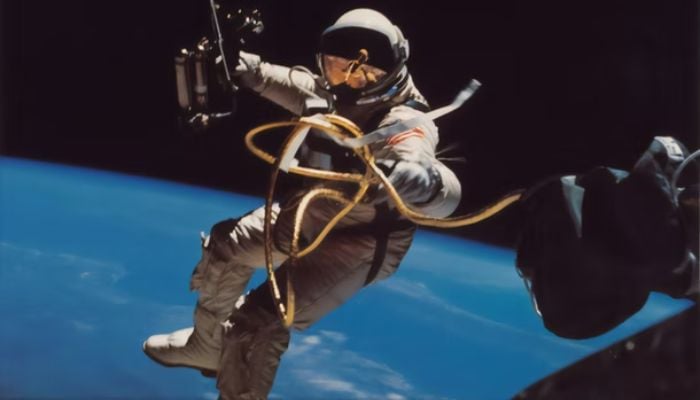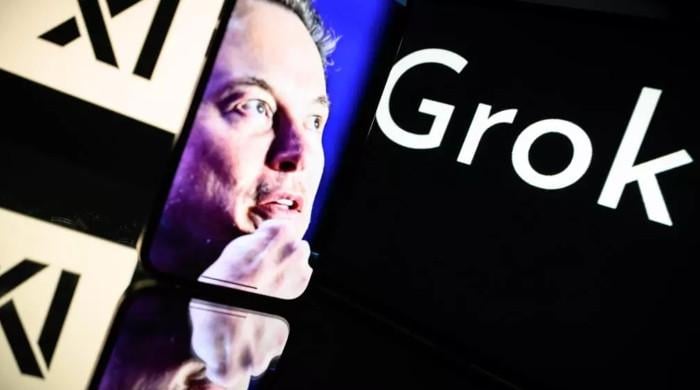Magnets could be used to produce oxygen in space
Experts at Germany's Center for Applied Space Technology and Microgravity investigated how magnets could be used to separate gas from liquid.
August 15, 2022

- Magnets attract bubbles of gas to one place where they fuse together.
- Where there is lack of gravity, bubbles remain suspended in liquid form.
- Heavy machinery on international space station uses centrifugal force to force gases out.
Scientists at the University of Warwick have shown how oxygen can be produced in microgravity with the help of magnets.
The magnets attract bubbles of gas to one place where they fuse together. This can replace the heavy machinery that is used to harvest the gas in the low gravity of space.
There is no natural buoyancy in space. This is the primary problem that the recent magnet experiments solve.
On Earth, gas bubbles from liquid naturally rise to the top, but where there is a lack of gravity, bubbles remain suspended in the liquid form.
Heavy machinery on the international space station uses centrifugal force to force the gases out.
These machines need a lot of maintenance and are quite heavy.
A NASA study showed that existing systems were not feasible to carry on long-term missions like trips to Mars and other planets.
To solve the problem, at the special drop tower facility at the Center for Applied Space Technology and Microgravity in Germany, experts studied how magnets could be used to separate gas from liquid.
Different types of liquids were tested. The study concluded that a simple neodymium magnet could be enough to pull out gas in microgravity.
The study was published in a Nature-affiliated journal, NPJ Microgravity.











